Disclosure: This article contains affiliate links. We may earn a commission from purchases at no extra cost to you, which helps our travel content.
As someone who's spent years tracking details others might miss, I've found that photography and investigation share a fundamental truth: the magic is in the details. Canberra isn't typically the first Australian destination that comes to mind for photographers, but that's precisely why it deserves your attention. Unlike its flashier cousins Sydney and Melbourne, Australia's capital offers a photographer's playground of architectural precision, seasonal color transitions, and remarkable wildlife opportunities without the tourist crowds. My investigative background has taught me to look beyond the obvious, and Canberra rewards this approach with compositional opportunities that would make even seasoned photographers reconsider their Australian itinerary. This spring weekend guide will take you through the capital's photographic hotspots, optimal timing, and the gear that will ensure you capture Canberra's essence in every frame.
Golden Hour at Lake Burley Griffin
Lake Burley Griffin isn't just Canberra's geographical heart—it's the city's photographic pulse. I've found that arriving 45 minutes before official sunrise provides that critical setup time when the lake's surface is typically at its calmest. The pre-dawn blue hour casts the Parliamentary Triangle in ethereal light that transitions to golden as the sun breaks over the horizon.
My favorite position is along the northern shore near the National Carillon, where you can capture the bell tower's reflection alongside Parliament House in the distance. The symmetry here is remarkable—something I noticed immediately from my investigative habit of looking for patterns.
For those willing to rise early, the Commonwealth Bridge area offers compelling compositions with the National Museum's distinctive architecture. I recommend using a variable ND filter to control your exposure as daylight strengthens, allowing you to maintain those silky water effects even as the golden hour intensifies.
During my last visit, I witnessed a hot air balloon festival coinciding with sunrise—an unexpected element that elevated my portfolio. This reinforced my investigator's philosophy: always be prepared for the unexpected shot. Keep your camera settings ready for quick adjustments, as the light changes rapidly during this golden window.
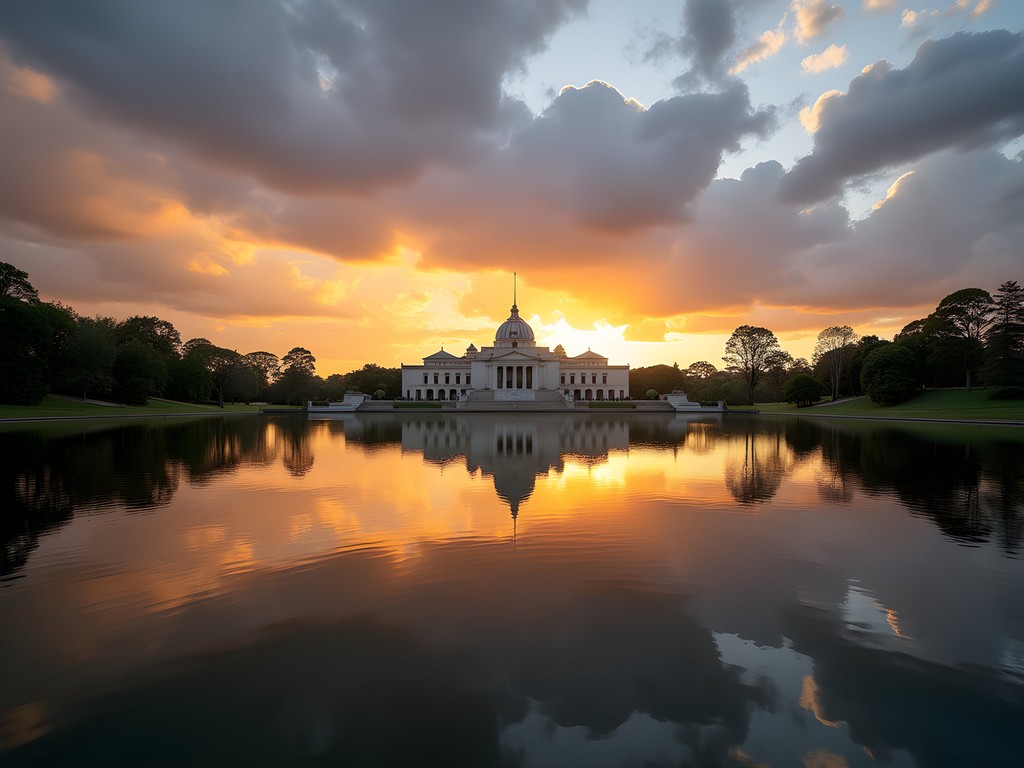
💡 Pro Tips
- Arrive 45 minutes before official sunrise for setup and catching blue hour
- Use a polarizing filter to manage reflections on the lake's surface
- The Captain Cook Memorial Jet operates between 10am-2pm—plan accordingly if you want it in (or out of) your composition
Architectural Abstracts at the National Gallery
The National Gallery of Australia offers photographers what I consider a dual opportunity: world-class art inside and architectural brilliance outside. As a private investigator, I've developed an eye for angular perspectives and shadow play—skills that translate perfectly to shooting the Gallery's brutalist exterior.
The building's geometric forms create fascinating abstract compositions, particularly in mid-morning light when shadows add dimensional contrast. Circle the exterior completely; the southern façade features water elements that introduce reflective opportunities most visitors miss.
Inside, photography policies are surprisingly accommodating in permanent exhibitions (though always check current rules). The Aboriginal and Torres Strait Islander art section features an installation where light filters through the ceiling in patterns that change throughout the day—a photographer's dream for capturing the interplay of culture and illumination.
I bring my 24-70mm f/2.8 lens for this location—versatile enough for both architectural details and wider contextual shots. The gallery's James Turrell skyspace installation 'Within without' demands a visit around midday when the light alignment is optimal, creating a natural light show that challenges your camera's dynamic range in the best possible way.
Pro tip from my investigative days: look for security camera placements around buildings—they often indicate the most visually important architectural features and can guide your composition choices.
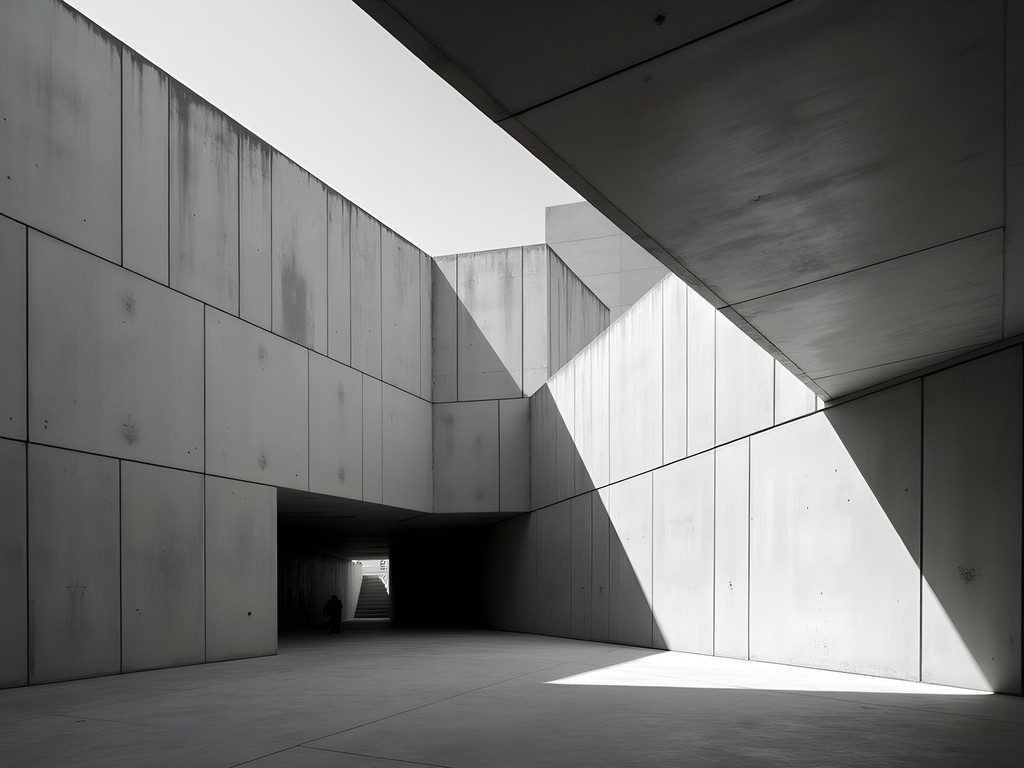
💡 Pro Tips
- Visit on weekdays before 11am for minimal crowds in your architectural shots
- The Sculpture Garden offers excellent bokeh opportunities with native plants as foreground elements
- Use the building's reflection in the surrounding pools for symmetrical compositions
Wildlife Photography at Tidbinbilla Nature Reserve
Just 40 minutes from central Canberra lies Tidbinbilla Nature Reserve—a wildlife photographer's sanctuary that reminds me of my formative experiences in the Seychelles. After years of urban investigations, I find natural settings like this both rejuvenating and challenging from a photographic perspective.
The reserve's Sanctuary Loop (2.5km) offers virtually guaranteed encounters with eastern grey kangaroos, wallabies, and emus in natural settings. Unlike wildlife parks, these animals behave authentically, requiring patience and observation skills that parallel detective work. The wetlands section houses platypus—notoriously difficult subjects that reward the persistent photographer.
My approach here is methodical: I arrive at opening time (7:30am in spring) and move slowly, using a telephoto zoom lens that gives me flexibility without disturbing wildlife. The light filters beautifully through eucalyptus trees during morning hours, creating dappled effects that add dimension to wildlife portraits.
Birdwatchers will appreciate the hide overlooking the wetlands where I've captured stunning shots of pelicans, black swans, and various waterfowl. The hide's strategic positioning allows for intimate photographs without disturbing natural behaviors—much like surveillance work, but significantly more peaceful.
Bring a monopod rather than a tripod for mobility, and wear neutral colors that won't startle wildlife. My investigator's patience serves me well here; I've spent two hours waiting for the perfect platypus appearance, but the resulting images were worth every minute.

💡 Pro Tips
- Visit weekday mornings for fewer visitors and more active wildlife
- The Koala enclosure offers guaranteed sightings, but free-ranging animals make more compelling subjects
- Pack a polarizing filter to cut glare on wetland shots
Night Photography at Mount Stromlo Observatory
My investigative work has taught me to appreciate darkness as much as light—a perspective that serves astrophotographers well. Mount Stromlo Observatory, just a 25-minute drive from central Canberra, offers some of the clearest night skies near an Australian capital city.
The observatory's historic ruins (damaged in the 2003 bushfires) create haunting foreground elements against star-filled skies. While the working observatory areas have restrictions, the public areas provide excellent vantage points for Milky Way photography during spring months when the galactic core is visible.
I always bring my sturdy travel tripod here—lightweight enough for the uphill walk but stable enough for the long exposures required. Canberra's relatively low light pollution compared to other Australian capitals means you can capture celestial details that would be impossible in Sydney or Melbourne.
The observatory occasionally hosts public astronomy nights (check their website for schedules), which offer the rare opportunity to photograph through professional telescopes. During one such event, I captured Saturn's rings with remarkable clarity—a technical achievement that satisfied both the photographer and investigator in me.
Bring a headlamp with a red light option to preserve your night vision while setting up shots. I recommend arriving before complete darkness to plan compositions and identify interesting foreground elements. The observatory's dome structures and telescope housings create distinctive silhouettes against the twilight sky before stars become visible.
As someone accustomed to working in challenging light conditions, I've found that patience is particularly rewarded in astrophotography. Allow time for your eyes to adjust fully to darkness, and you'll begin to see compositional elements invisible to casual visitors.
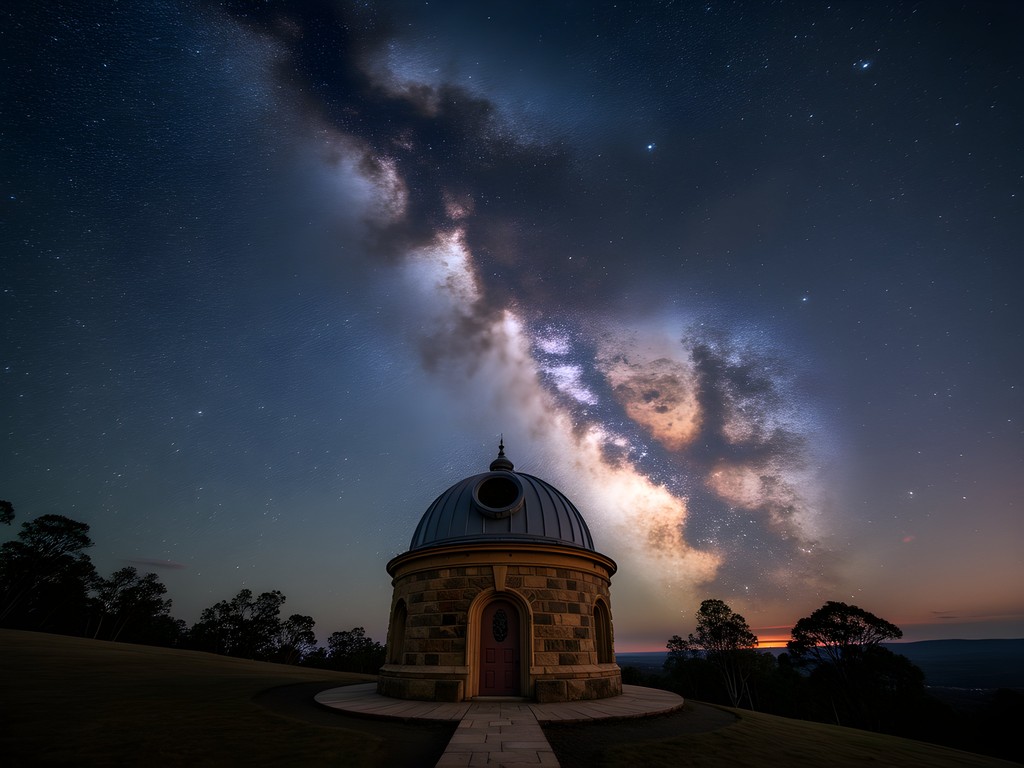
💡 Pro Tips
- Use the 500 rule (500 divided by your focal length) to determine maximum exposure time before star trails appear
- Bring extra batteries—cold night temperatures drain them quickly
- Focus manually using live view on a bright star or distant light before shooting
Autumn Colors at the National Arboretum
While my visit focused on spring photography, I'd be remiss not to mention the National Arboretum's potential for stunning autumn photography. Having investigated locations across multiple seasons, I can attest that timing your visit to seasonal transitions often yields the most compelling imagery.
The Arboretum houses 94 forests of rare and endangered trees from around the world, creating a tapestry of textures and colors that peaks during autumn months (April-May in Australia). The site's elevation provides sweeping vistas across Lake Burley Griffin to the Parliamentary Triangle—a perspective that reveals Canberra's thoughtful urban planning.
The Himalayan cedar forest creates dramatic leading lines that guide viewers through your compositions, while the cork oak plantation offers fascinating textural details for macro photography. For landscape photographers, the view from Dairy Farmers Hill encompasses the arboretum's patchwork of forests against the backdrop of the Brindabella Ranges.
My approach here combines wide landscape shots with intimate botanical details. I use my macro lens to capture the intricate textures of bark and autumn leaves, then switch to wider focal lengths for contextual landscapes.
The Wide Brown Land sculpture provides an iconic foreground element for sunrise photography, with early morning mist often settling in the valleys between forest blocks. This location rewards photographers who embrace changing weather conditions—some of my most atmospheric shots emerged from morning fog that many would consider unfavorable conditions.
As with my investigative work, I find that returning to the same location at different times reveals new perspectives. The Arboretum's Bonsai Collection is housed indoors and offers controlled lighting conditions for detailed botanical photography when outdoor weather proves challenging.

💡 Pro Tips
- The Pod Playground structures make unique architectural subjects, but photograph early to avoid crowds
- Visit after rainfall when the winding roads create leading lines with reflective surfaces
- Use a graduated ND filter for balanced exposure when shooting toward the city with bright sky
Final Thoughts
Canberra rewards the investigative photographer—those willing to look beyond the obvious and stake out locations as the light transforms them. What struck me most about Australia's capital was how it balanced architectural precision with natural beauty, creating a diverse photographic playground within a compact area. Like any good investigation, successful photography here requires preparation, patience, and persistence. The Parliamentary Triangle may be the city's postcard shot, but Canberra's true photographic character emerges in the interplay of seasonal light across its landscapes and buildings. Whether you're capturing the geometric precision of its architecture or the wild abandon of its nature reserves, Canberra offers compositions that will challenge and reward your photographic eye. Pack your gear, set your alarm for those golden hours, and approach this underrated capital with the curiosity of an investigator—you'll return with images that tell stories far beyond the expected narrative.
✨ Key Takeaways
- Canberra's compact size allows photographers to capture diverse subjects in a single weekend
- Early morning provides the best conditions for both wildlife and landscape photography
- Architectural photography benefits from midday light when shadows create geometric patterns
- Seasonal transitions (particularly autumn) transform the city's visual character dramatically
📋 Practical Information
Best Time to Visit
Spring (September-November) or Autumn (March-May)
Budget Estimate
$150-250 per day including accommodations
Recommended Duration
2-3 days
Difficulty Level
Moderate



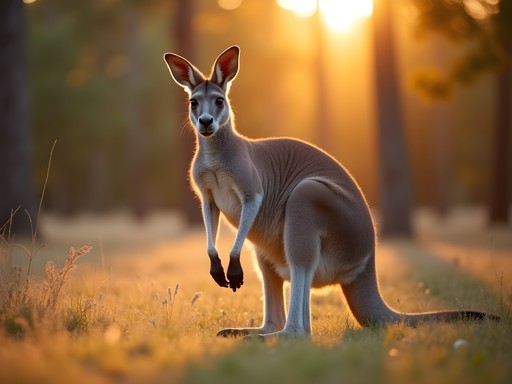
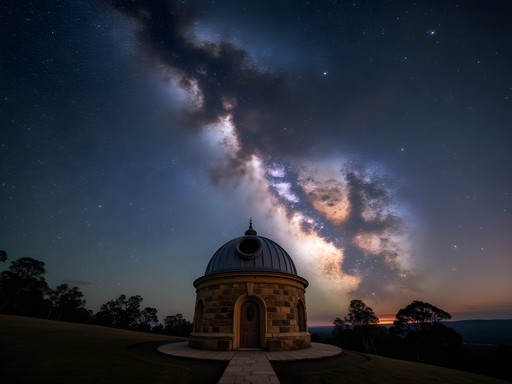
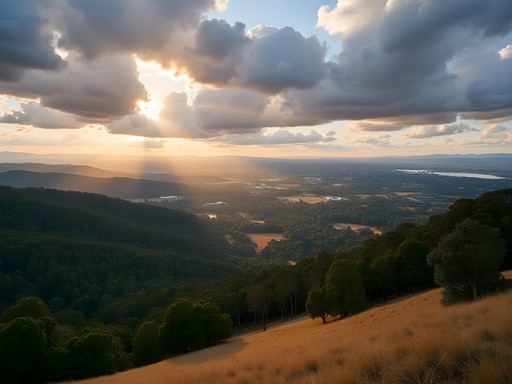


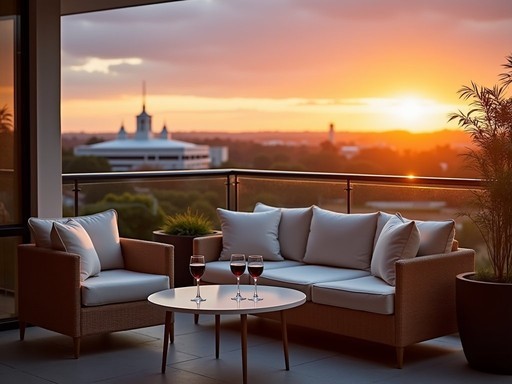


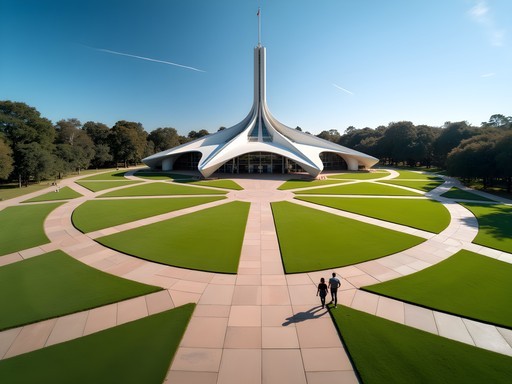




Comments
cityclimber8858
Just got back from Canberra and followed your advice for night photography at Mount Stromlo. WOW! As a complete beginner I was worried my shots would be terrible, but setting up where you suggested gave me amazing results even with my basic gear. The staff astronomer even helped me adjust my settings! One question though - did you have any issues with condensation on your lens? Mine kept fogging up as the night got colder.
Douglas Murray
So glad you had a great experience! The condensation issue is common - I keep my gear in the car (not running AC) for about an hour before shooting to acclimatize. Also, those little silica gel packets tucked in your camera bag work wonders!
cityclimber8858
That makes so much sense! I went straight from my hotel room to shooting. Will definitely try the acclimatization trick next time. Thanks!
Megan Martin
Douglas, your architectural abstracts section inspired me to spend a whole afternoon at the National Gallery during my business trip last week. The light patterns through those geometric windows are incredible! I found that between 2-4pm the shadows created amazing patterns on the marble floors. One tip for others: the staff were super accommodating about tripods as long as you check in at the information desk first. I ended up using my variable ND filter to control exposure with all the contrast between light and shadow areas. Your post really helped me see Canberra through a different lens!
cityace
How crowded does Tidbinbilla get? Trying to plan when to go for wildlife shots without tourist photobombs!
Megan Martin
Not Douglas, but I was at Tidbinbilla last month. Weekday mornings were practically empty - I had whole sections to myself for kangaroo shots. Weekends get busy after 10am. The Sanctuary Loop is best for wildlife but also gets the most visitors.
cityace
Perfect, thanks Megan! Looks like I'll aim for a Thursday morning visit then.
smartnomad
Great post! I'm heading to Canberra next month - is Lake Burley Griffin really worth the early wake-up for sunrise shots? Also, any specific spots around the lake you'd recommend?
Douglas Murray
Absolutely worth it! The Commonwealth Park area gives you the Parliament House reflection, and Aspen Island with the carillon makes for stunning compositions. Set up 20 minutes before sunrise to catch the best light.
smartnomad
Thanks Douglas! Will definitely set my alarm extra early then. Appreciate the specific locations!
nomadlegend
Those reflection shots of the National Library at dawn are incredible! What time of year did you visit? I'm a complete photography novice but would love to try capturing something similar.
Douglas Murray
Thank you! Those were taken in early autumn (April) when the morning mist often hangs over the lake. Even as a beginner, you can get great shots there - just arrive 30 minutes before sunrise and use any camera with basic manual settings. The lake is often perfectly still at that hour.
nomadlegend
Thanks for the encouragement! I only have my phone camera but I'll give it a try.
Douglas Murray
Modern phone cameras can capture amazing images! Just use your phone's HDR mode and maybe a small tripod to keep it steady in the low light.
Douglas Bradley
As someone who's photographed several capital cities, I'm impressed with how thoroughly you've covered Canberra's unique light conditions. The architectural abstracts section is particularly insightful. I'd add that the National Arboretum offers stunning landscape compositions, especially in autumn when the collection of rare trees creates a tapestry of colors. For those heading to Mount Stromlo, the light pollution is surprisingly minimal for a location so close to a capital city. I found arriving 45 minutes before astronomical twilight gives enough time to set up and capture the transition from dusk to true night sky.
Douglas Murray
Great addition about the Arboretum, Douglas! You're right about the timing at Stromlo too - that blue hour transition makes for some spectacular compositions with the observatory domes.
Sarah Powell
Douglas, this guide perfectly captures what makes Canberra special for photographers. As someone who's visited three times specifically for photography, I'd add that the seasonal variations are worth noting. Autumn (March-May) transforms the Parliamentary Triangle with golden foliage that creates stunning reflections in Lake Burley Griffin. The National Arboretum also deserves mention - those geometric patterns of different tree species make for compelling abstract compositions, especially with morning fog. For those planning a visit, Canberra's public transport is surprisingly photographer-friendly, with stops near most major shooting locations. I've found that planning shots along the light rail line makes for an efficient day of shooting without needing a car. The National Portrait Gallery also offers interesting indoor shooting opportunities for rainy days with their generally accommodating policy toward non-flash photography.
nomadbuddy
Sarah, your tip about the light rail is gold! Wish I'd known that before renting a car for my entire stay. Did you have any issues with security around government buildings when taking photos?
Sarah Powell
None at all! The security personnel around Parliament House were actually quite friendly. Just stick to public areas and you'll be fine. The only place with restrictions was inside some parts of the War Memorial, but they clearly mark where photography isn't allowed.
roamchamp
Just got back from Canberra last week and wish I'd seen this guide before! The light at Lake Burley Griffin is truly magical at sunrise. I'd add that the Parliament House rooftop gives amazing panoramic shots too. One tip: I found Tidbinbilla quite challenging for wildlife photography in the middle of the day - definitely go early morning as Douglas suggests. I used my telephoto lens which was perfect for the kangaroos and birds.
nomadlegend
Did you need any special permits for Parliament House photography?
roamchamp
No permits needed for the rooftop! Just standard security screening when entering. Tripods are allowed outside but not inside the building.
luckyexplorer
Great guide! I'm heading to Canberra next month for a work trip but will have weekends free. Which locations would you prioritize if I only have two days for photography?
Douglas Murray
Thanks! If you only have two days, I'd definitely do sunrise at Lake Burley Griffin (the reflections are incredible) and then spend a few hours at the National Gallery for architectural shots. Second day, head to Tidbinbilla early for wildlife and finish with sunset at Mount Ainslie for cityscape views. Pack light but bring a tripod!
luckyexplorer
Perfect, thanks! Mount Ainslie wasn't in your post but sounds like a great addition. Adding it to my list!
springguide8211
The night photography section is spot on! Mount Stromlo Observatory was such a highlight of my Canberra trip. The Milky Way visibility there is incredible!
Venture X
Premium card with 2X miles, $300 travel credit, Priority Pass